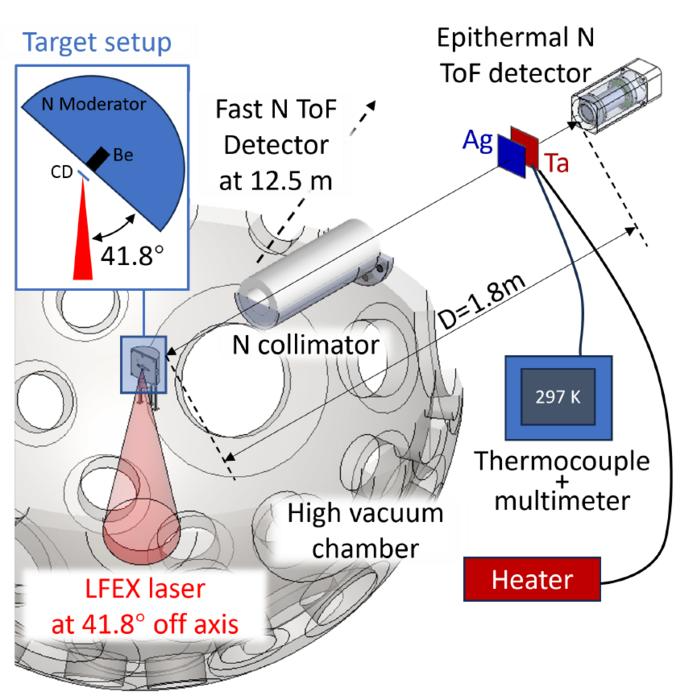A new study led by Osaka University has utilized neutrons to measure temperatures quickly and accurately, potentially enhancing performance in various electronic devices. The study was published in the journal Nature Communications.

Life is filled with electronics, from batteries to LEDs, and there is a never-ending quest to improve their dependability and efficiency. However, as components get more complex, it can become harder to get accurate temperature readings of particular components inside an object.
This is an issue since determining a device's temperature is essential to tracking its functionality or creating the materials it is made of.
While there are a few methods available for estimating internal device temperature, none of them can provide a quick, accurate reading. This new technique is known as “neutron resonance absorption” (NRA), which looks at how atomic nuclei absorb neutrons at specific energies to infer information about the material’s properties.
In this investigation, high-intensity laser beams were used to produce the neutrons. After being slowed down to an extremely low energy level, the neutrons were sent through a sample. Tantalum and silver test plates were used to test the technique, which returned material and temperature details with remarkable speed.
 Image Credit: colorful freedom/Shutterstock.com
Image Credit: colorful freedom/Shutterstock.com
Because the temperature of the sample material changed predictably, the temporal signal of the NRA changed as well, allowing the researchers to determine the temperature of the samples.
This technology makes it possible to instantaneously and accurately measure temperature. As our method is non-destructive, it can be used to monitor devices like batteries and semiconductor devices.
Zechen Lan, Study Lead Author, Osaka University
This newly developed technique can acquire temperature data in a window of 100 nanoseconds, or one ten-millionth of a second because the NRA measurement is carried out with a single neutron pulse. Because of this almost instantaneous result, changes in a material can be measured almost instantly, enabling in-depth analysis.
Using lasers to generate and accelerate ions and neutrons is nothing new, but the techniques we’ve developed in this study represent an exciting advance. We expect that the high temporal resolution will allow electronics to be examined in greater detail, help us to understand normal operating conditions, and pinpoint abnormalities.
Akifumi Yogo, Senior Author, Osaka University
Another achievement of the research team's work is the measurement device, which is only a tenth of the size of other comparable apparatus, making it simple for laboratories to set up their own copies.
The ability to swiftly and precisely measure the operating temperatures of devices can further enhance knowledge of how they work and the materials they are made of.
Journal Reference:
Yogo, A., et al. (2024) Single-Shot Laser-Driven Neutron Resonance Spectroscopy for Temperature Profiling. Nature Communications. doi.org/10.1038/s41467-024-49142-y